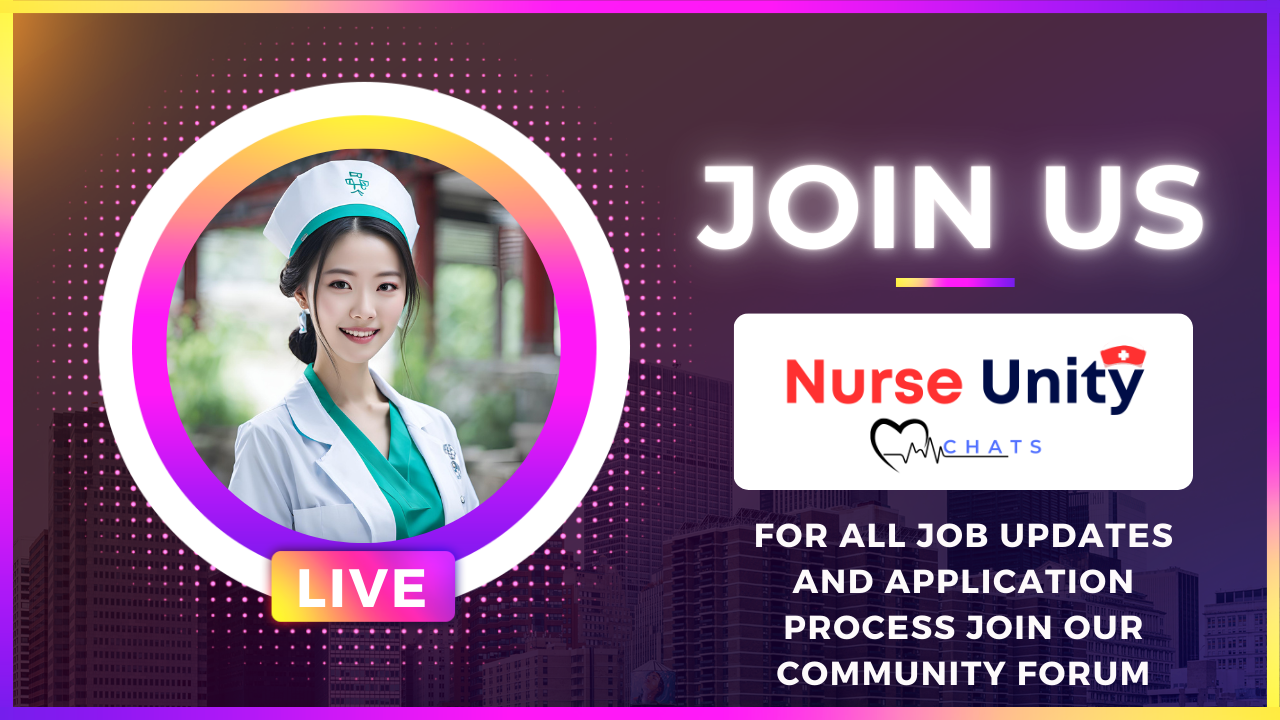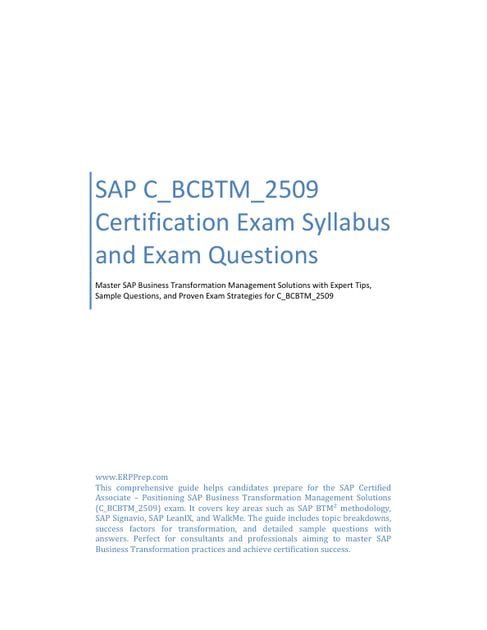Post Traumatic Stress Disorder (PTSD) is a mental health condition that affects many individuals who have been exposed to traumatic events, and it is especially prevalent among veterans. The nature of combat, witnessing death, injury, and destruction, as well as the psychological strain of being in life-threatening situations, often leaves lasting scars. Understanding PTSD, particularly in veterans, is crucial for providing the right support and care for those who have served their country.

What is PTSD?
PTSD is a psychological response to experiencing or witnessing traumatic events. While it’s common to feel stressed or afraid after a traumatic event, PTSD develops when these feelings don’t subside or go away. In the case of veterans, the trauma typically stems from their time in combat, where they may have been exposed to life-threatening situations, loss of comrades, or horrific scenes of war. However, PTSD can also arise from other forms of trauma, such as military sexual trauma (MST), accidents, or other violent experiences.
The symptoms of PTSD are categorized into four groups:

- Intrusive Memories: This includes flashbacks, nightmares, and unwanted, distressing thoughts about the trauma.
- Avoidance: Veterans may avoid places, people, or activities that remind them of the traumatic event. This could also extend to avoiding emotions or conversations related to their experience.
- Negative Changes in Thinking and Mood: This might involve feelings of detachment, emotional numbness, guilt, or anger. Veterans may also struggle with trust, depression, and hopelessness.
- Altered Reactions: Hypervigilance, irritability, difficulty sleeping, and heightened startle responses are common signs of PTSD. Veterans might also experience difficulty concentrating or impulsivity.
The Impact of PTSD on Veterans
For veterans, PTSD is more than just a mental health issue; it affects all aspects of life, including their relationships, work, and overall well-being. Veterans with PTSD may struggle to reintegrate into civilian life after returning from combat. The transition can be jarring, as they may feel disconnected from their loved ones who cannot relate to the horrors they’ve witnessed or experienced. This sense of isolation can exacerbate the symptoms of PTSD.
Moreover, many veterans find it difficult to ask for help due to the stigma surrounding mental health issues, especially in military culture, which often emphasizes resilience and toughness. This reluctance to seek help may delay treatment, leading to further complications, such as substance abuse or other behavioral issues. Veterans may also struggle with self-esteem, feelings of guilt, or “survivor’s guilt” if they lost comrades in battle.

PTSD can also cause veterans to experience difficulties with employment, as they may have problems with concentration, anxiety, or stress. Social relationships can be strained as well, especially if the veteran withdraws from family and friends to avoid conflict or emotional pain.
Treatment for PTSD in Veterans
The good news is that PTSD is treatable. While there is no “cure” for PTSD, many veterans find relief through therapy, medications, or a combination of both. Some of the most effective treatment options include:
- Cognitive Behavioral Therapy (CBT): This type of therapy helps veterans identify and change harmful thought patterns. One specific form of CBT, called Prolonged Exposure (PE), involves helping the individual face and process traumatic memories in a safe and controlled way.
- Eye Movement Desensitization and Reprocessing (EMDR): This is a psychotherapy approach that involves processing distressing memories through a series of guided eye movements, which can help reduce the intensity of the memories.
- Medication: Antidepressants and anti-anxiety medications can be used to alleviate some of the symptoms of PTSD, such as depression and hypervigilance. Medications can be particularly helpful when combined with therapy.
- Group Therapy: Many veterans benefit from group therapy, where they can connect with others who have experienced similar traumas. This shared experience can provide a sense of camaraderie and understanding that is often lacking in civilian relationships.
- Complementary Therapies: Activities like yoga, mindfulness, acupuncture, and art therapy have been shown to help veterans manage stress and anxiety, as well as offer a holistic approach to mental health care.
Supporting Veterans with PTSD
For family members, friends, and caregivers, understanding PTSD and how it affects veterans is the first step in providing support. It’s important to approach veterans with patience and empathy, as PTSD can cause them to react unpredictably or withdraw from loved ones. Learning about the condition can help loved ones provide a safe and supportive environment where veterans can feel comfortable seeking help.
Additionally, veterans should be encouraged to take advantage of the many resources available to them, including those provided by the U.S. Department of Veterans Affairs (VA). The VA offers counseling, mental health services, and specialized PTSD programs that cater specifically to veterans.
Conclusion
PTSD is a serious and often debilitating condition that affects many veterans. It can interfere with their ability to live fulfilling lives, but with the right treatment and support, it is possible to manage the symptoms and find healing. Understanding PTSD, reducing stigma, and encouraging open conversations about mental health are essential for helping veterans navigate the challenges they face and ultimately live healthier, more fulfilling lives.
Infographic provided by Breast Cancer Car Donations
Discover more from Bibliobazar Digi Books
Subscribe to get the latest posts sent to your email.




